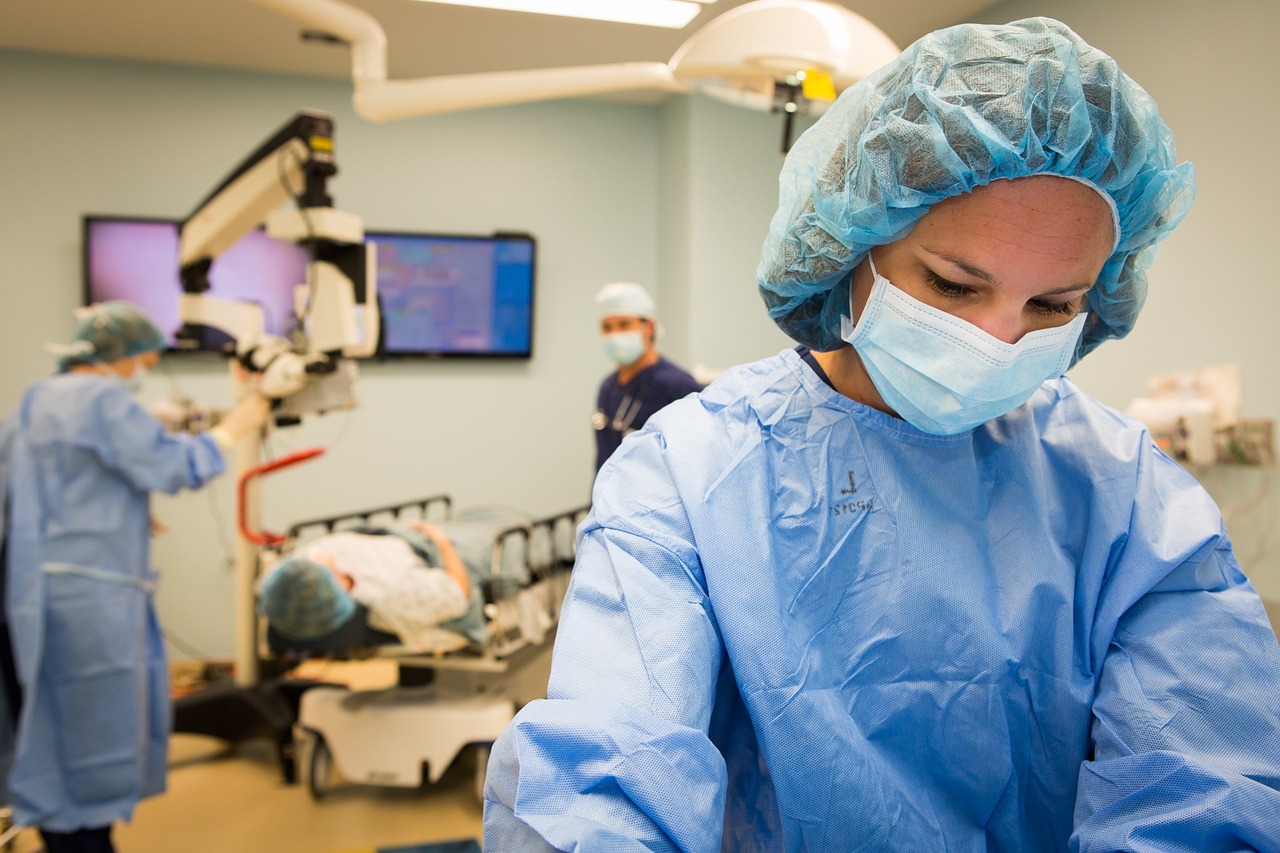In a normal human eye, there is a transparent and elastic convex lens-like tissue behind the pupil, with a diameter of about 1cm. This is the lens, which is like a camera lens. Once opacity occurs, that is, cataract occurs, it will block light from entering, resulting in decreased vision, blurred vision, dark shadows, glare, and other eye symptoms, bringing great inconvenience to work, life, and study. Currently, cataract is the leading cause of blindness among the elderly in my country.
How do cataracts form?
Cataracts are classified according to their etiology. The most common one is senile cataract, and others are congenital and traumatic. With the prolongation of life expectancy in the world, the number of cataract patients is increasing. Among them, the pathogenesis of common senile cataracts is not yet fully understood, which may be related to metabolic dysfunction related to aging, long-term excessive exposure to ultraviolet rays, genetic factors, nutritional factors, etc., and also related to some systemic diseases, such as diabetes.
Can cataracts be cured?
Surgical treatment is currently the only way to cure cataracts recognized worldwide. The preferred surgical method is “phacoemulsification combined with intraocular lens implantation”, which is suitable for almost any period of cataract patients.
When is the best time for cataract surgery?
The timing of cataract surgery is important. In the past, it was believed that the cataract should be “ripened” before surgery. However, clinical practice has proved that the overripe and hard lens not only causes great inconvenience to the patient’s life and family care but also increases the difficulty of the operation, which will cause damage to the cornea and vitreous prolapse. Other surgical risks will affect the recovery and improvement of postoperative vision. Now, with the replacement of surgical equipment, the improvement of doctors’ surgical methods and skills, and the requirements of patients for improved quality of life, the timing of surgery has been greatly advanced. can be treated surgically. Even if it reaches 0.5, if it has a great impact on the quality of life, such as nighttime driving, reading, and outdoor activities, surgery can be performed, which will greatly improve the quality of life and reduce the burden of accompanying family members.
What are the advantages of phacoemulsification combined with intraocular lens implantation?
The operation has the advantages of short operation time ( 10 minutes), small incision (2-3mm), no need for suture, small tissue damage, fast healing, recovery of vision within 24 hours after the operation, less astigmatism, and fewer postoperative complications. No hospitalization is required after the operation, which is convenient for family care.
Why implant an intraocular lens? Are intraocular lenses safe?
Cataract surgery is to remove the cloudy lens, just like removing the opaque lens of a camera. Therefore, a transparent lens must be replaced, that is, an intraocular lens is implanted, to restore and improve vision. Intraocular lenses are small lenses made of high molecular polymers, which have been strictly sterilized and are very safe to implant. Its degree is accurately measured and calculated by the biological parameter measuring instrument before the operation, and it is accurately placed in the original position of the lens during the operation. Therefore, it can replace the role of the lens and greatly improve the vision.
Intraocular lenses are not only safe but also help a lot in improving vision after surgery. The surgeon accurately measured the power of the intraocular lens before the operation and positioned the intraocular lens precisely to the anatomical position during the operation, which provided a reliable guarantee for the success of the operation.
What types of intraocular lenses are available?
Most of the commonly used intraocular lenses are imported brands, mainly divided into two types: monofocal and multifocal. According to the lifestyle, economic ability, and medical insurance policy of the elderly in my country, monofocal intraocular lenses are mostly used. Although the monofocal intraocular lenses lens can provide clear vision, it can only solve the needs of distance vision (or near vision) after surgery. Only one of the two can be selected. After surgery, reading glasses (or myopia glasses) are still required to achieve the vision. Dual vision requirements for near and far vision. With the replacement of intraocular lenses and the continuous improvement of people’s requirements for postoperative visual quality, multifocal intraocular lenses, astigmatism correction intraocular lenses, and aspheric intraocular lenses have. These intraocular lenses can not only correct the congenital defects of the human eye (such as astigmatism and aberration), it can also simulate the adjustment function of the human eye, and at the same time improve the visual acuity of the far, middle, and near range, and meet the needs of patients who are off the lens. The selection of different groups provides convenience, and the specific selection plan can be communicated with the surgeon according to individual postoperative needs and economic conditions.
What should I pay attention to after surgery?
After the operation, regular review and installation of eye drops should be carried out according to the doctor’s order to ensure the local cleanliness of the surgical eye. If there are refractive errors, re-examination is required in 3 months, and optometry is necessary if necessary.
Will the cataract grow again after surgery?
Some patients after cataract surgery experienced a slow decline in visual acuity. After excluding the fundus and other diseases, most of them developed “post-onset disorder”, which is the opacity of the posterior capsule of the lens retained during the operation. Outpatient laser treatment is sufficient, and no further surgery is required.
The author of this article is Professor Xu Qing, Director of the Department of Ophthalmology of Yueyang Hospital
From the WeChat public account of Yueyang Hospital Affiliated to Shanghai University of Traditional Chinese Medicine




